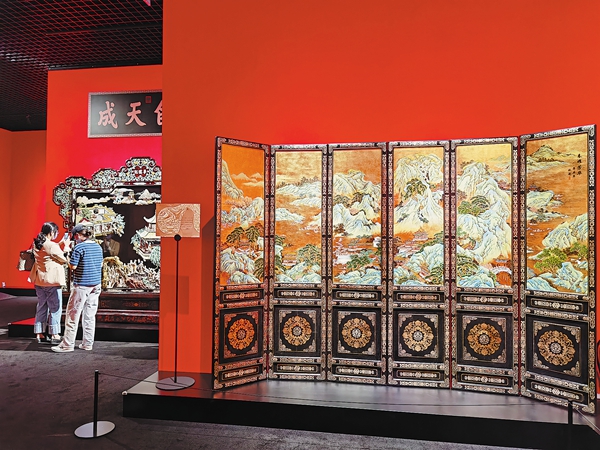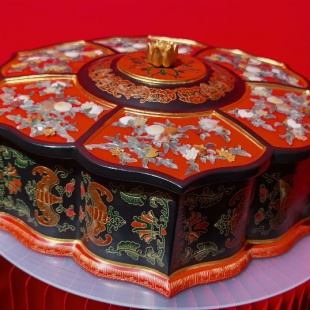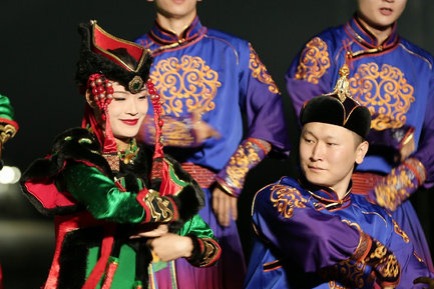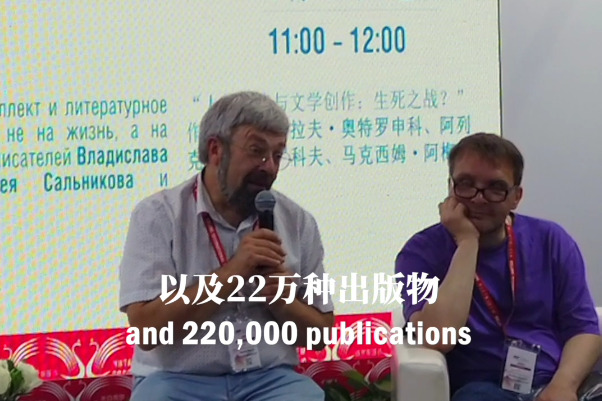New Beijing museum sets a gold standard for craftsmanship


With millennia's development and a glorious past, Beijing's gold lacquer inlay art has been favored by ancient rulers and become a symbol of craftsmanship, patience and a pursuit of the exquisite.
Over the decades, generations of artisans have stayed in a complex of plain-looking workshops located in a village in southern Beijing, fully immersing themselves in a world of refined crafts in order to inherit the skill.
To save the art form from fading into memory, a museum has been established in the refurbished workshops to tell people a story of lasting devotion in the pursuit of beauty.
Perhaps, Beijing Gold Lacquer Inlay Art Museum will be the start of a new chapter for this national-level intangible cultural heritage.
"It may fulfill the wishes of many masters in this industry," said an emotional Bai Qun, founder of the museum, on Saturday at the venue's opening ceremony. The museum will open to the public on Thursday. "Having such a museum was one of my father's last wishes."
Bai, 48, is registered as a national-level inheritor of the craft. The inlay art, predominantly enjoyed by royal families, was in crisis at the fall of the Qing Dynasty (1644-1911). Still, artisans of the craft have made painstaking efforts to keep it alive. Bai is among the sixth generation of artisans to do so.
"This art bears the cultural lineage of this ancient city," he says. "It reflects the ethos of Beijing, as well as people's ability to harness inner peace and stick to one career for a lifetime."
Archaeological findings showed that lacquerware appeared in China about 8,000 years ago. The gold lacquer inlay art-to add a luxurious luster to items such as screens and furniture, and adorn other artworks inlaid with gold, jades and various precious gems-evolved during the Warring States Period (475-221 BC) and Han Dynasty (206 BC-AD 220).





































